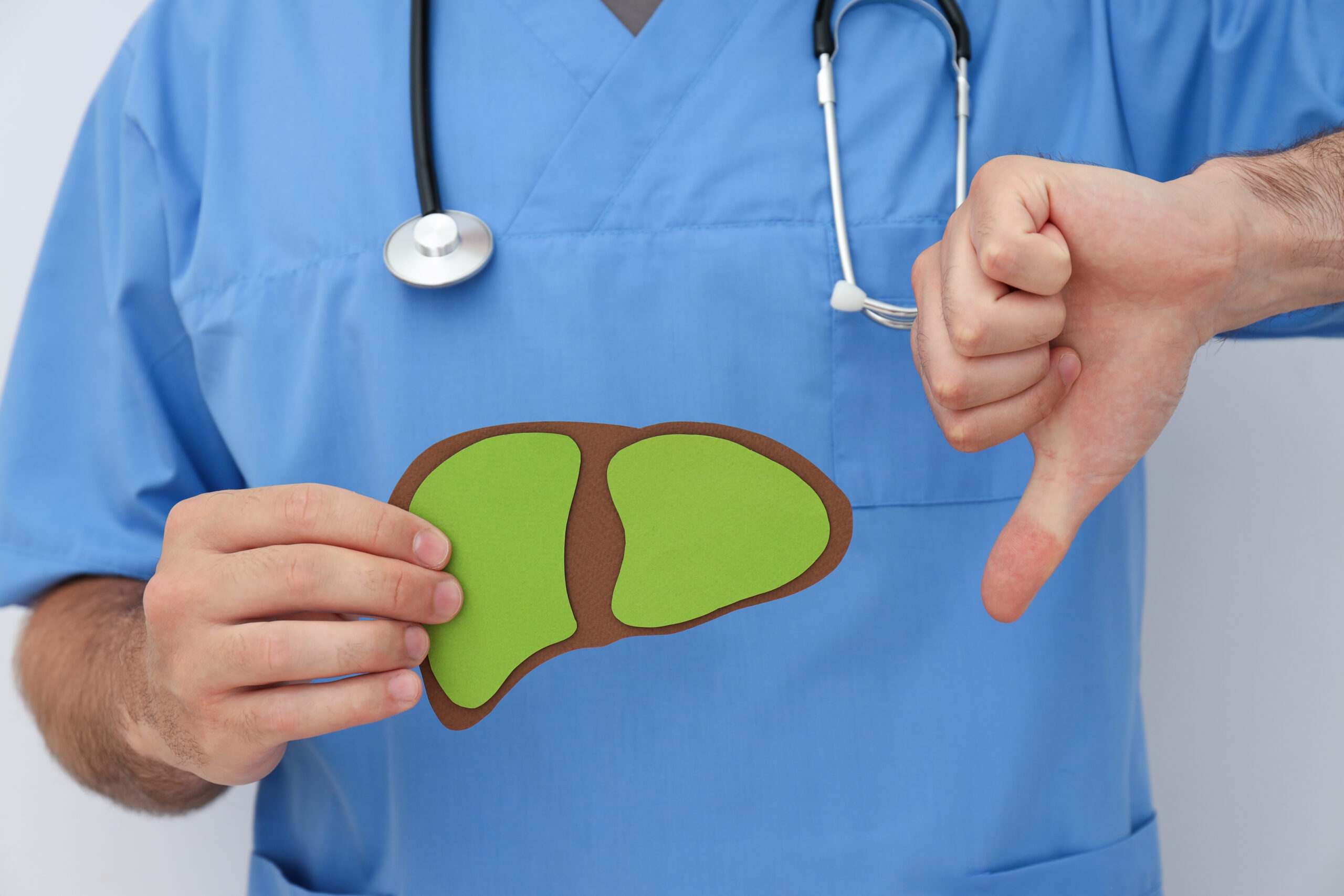Cirrhosis of the liver is a progressive and irreversible condition characterized by the replacement of healthy liver tissue with scar tissue. It is a severe consequence of chronic alcoholism, resulting from prolonged and excessive alcohol consumption. In this blog post, we’ll explore the causes, symptoms, diagnosis, and treatment options for cirrhosis of the liver attributed to alcohol abuse.
Causes of Cirrhosis of the Liver
Cirrhosis of the liver primarily develops due to the toxic effects of alcohol on liver cells. When alcohol is consumed, it undergoes metabolism in the liver, leading to the generation of harmful by-products that damage liver tissue over time. Prolonged and heavy alcohol consumption overwhelms the liver’s ability to repair itself, resulting in the formation of scar tissue and impaired liver function characteristic of cirrhosis.
Symptoms of Cirrhosis of the Liver
The symptoms of cirrhosis of the liver may vary depending on the stage and severity of the condition. In the early stages, individuals may experience nonspecific symptoms such as fatigue, weakness, and loss of appetite. As cirrhosis progresses, symptoms may worsen and include jaundice (yellowing of the skin and eyes), abdominal swelling (ascites), easy bruising or bleeding, itching, and confusion or cognitive impairment.
Diagnosis of Cirrhosis of the Liver
Diagnosing cirrhosis of the liver typically involves a combination of medical history assessment, physical examination, laboratory tests, imaging studies, and liver biopsy. Blood tests may reveal elevated liver enzymes and markers of liver dysfunction. Imaging tests such as ultrasound, CT scan, or MRI may help visualize changes in liver structure and detect signs of cirrhosis. A liver biopsy may be performed to confirm the diagnosis and assess the extent of liver damage.
Treatment Options for Cirrhosis of the Liver
The primary treatment for cirrhosis of the liver due to alcoholism is abstinence from alcohol. Ceasing alcohol consumption is essential to halt the progression of liver damage and prevent further complications. Additionally, healthcare providers may recommend lifestyle modifications such as following a liver-friendly diet, managing symptoms with medications, and monitoring for complications such as portal hypertension or liver cancer.
Preventing Cirrhosis of the Liver
Preventing cirrhosis of the liver starts with minimizing or eliminating alcohol consumption. For individuals struggling with alcohol addiction, seeking professional help through counseling, support groups, or addiction treatment programs is crucial. Adopting a healthy lifestyle that includes regular exercise, maintaining a balanced diet, and avoiding other risk factors for liver disease can also help reduce the risk of developing cirrhosis of the liver.
Cirrhosis of the liver is a serious and potentially life-threatening condition that develops as a result of chronic alcoholism. Recognizing the signs and symptoms of cirrhosis, seeking timely medical evaluation, and making lifestyle changes to promote liver health are essential steps in managing this condition. By raising awareness about the risks of alcohol abuse and advocating for early intervention and treatment, we can help prevent cirrhosis of the liver and improve the overall well-being of individuals affected by alcoholism.
